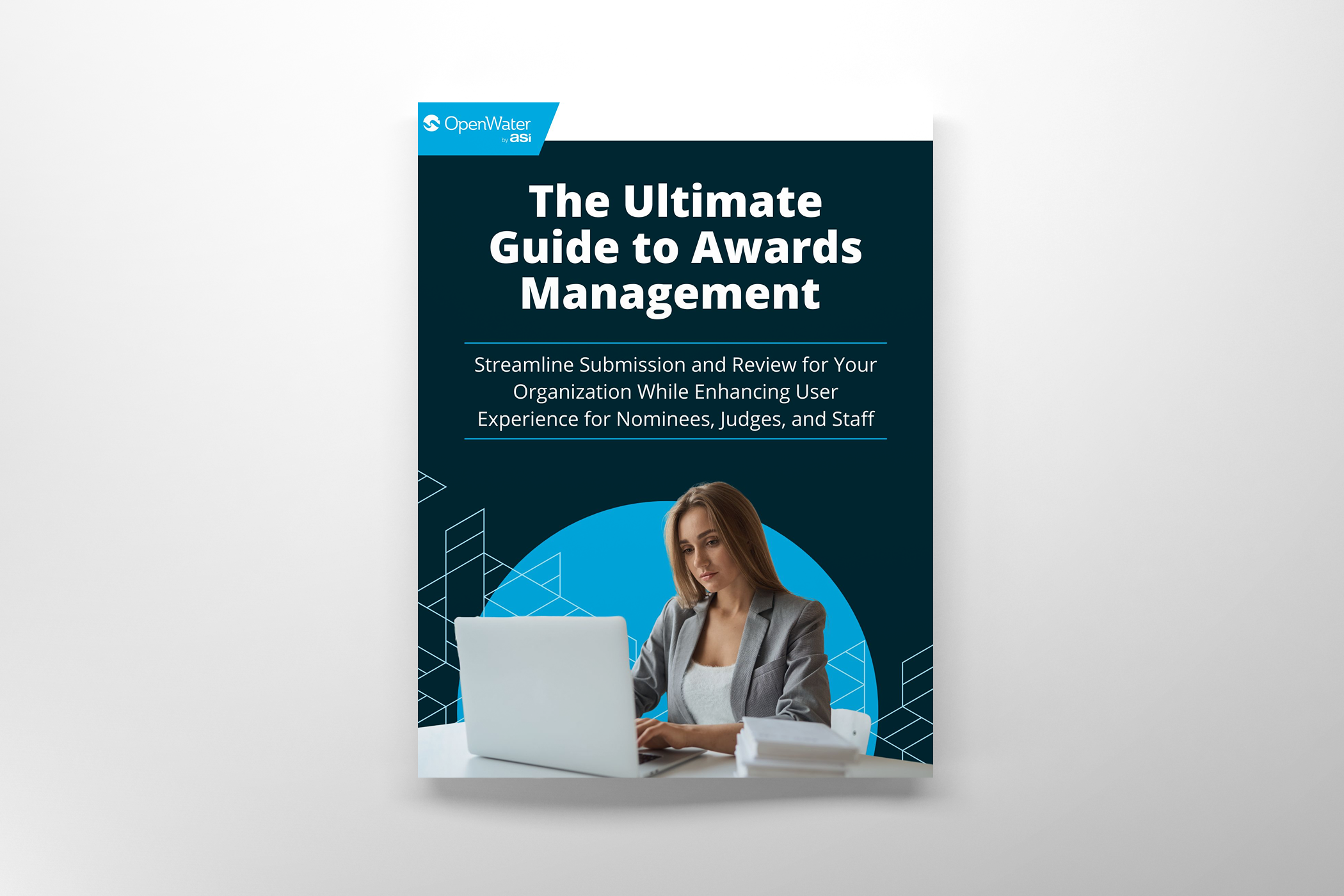
5 Innovative Techniques to Draw Attention to Your Call for Papers
As a conference manager, you’re always looking for creative techniques you can use to draw attention to your call for papers period and generate more high-quality entries. However, it can be difficult to do so, especially when you feel as if you’ve tried every method to no avail.
There are a lot of techniques you can implement to create a larger pool of entrants, many of which you may have tried before in different ways. It’s important to remember that some of the most basic tools are the ones that lead to the most meaningful results. As such, you don’t need to invest in a range of fancy tools to enact the meaningful change you’re looking for in call for paper activity.
Here are 5 innovative techniques to draw attention to your call for papers in new, effective ways.
1. Email Signatures
Many organizations send out email campaigns to promote the call for papers period but few think to take a unique approach to several of the many elements in the email itself. For example, you can place a call to action and brief description of your event in every email you send in the signature area.
By doing so, you’re advertising without sending emails explicitly promoting your call for papers period. This is a more subtle way to advertise, but is effective in drawing more attention to your conference.
2. Create a Video
It’s easy to create a blog post; but it takes real effort to create a video, even if it’s a short one. In the video, you can explain what your abstracts conference is about, some brief information about the categories, and other information you think your target audience will find valuable.
Because many organizations don’t take the time to create videos, you’ll stand out. More importantly, videos work on a variety of platforms and, because potential entrants are more willing to watch a video than they are to read an article, it’s worth the extra effort to get the word out.
3. Go Old School
How many organizations do you know that still send out old-fashioned mail outs to promote a call for papers period? Few probably do, and even fewer do effectively.
Your postcards should include brief information, such as the event information and your website URL. The key is to include enough details to pique interest without overwhelming your audience members. With mail outs, the shorter, the better. Focus on an eye-catching design so the postcard doesn’t go directly in the trash and you’ll have an old-fashioned, yet strikingly innovative, way to promote your event.
4. Create Buttons on Your Website
Like every other organization, you’ll have a call for papers page on your website. However, what you do with the rest of your website matters more.
When you want to draw attention to your call for papers, the best way to do so is with eye-catching buttons throughout your website. You should place these buttons in high-traffic areas to command attention. More importantly, your buttons shouldn’t just say “Sign Up Here!” They should be creative, short sayings that make your potential entrants want to get involved.
5. Create a Newsletter
Your entrants expect emails, but may not necessarily expect a newsletter. There are several benefits to choosing the newsletter approach rather than the traditional email:
- The format is more visually interesting/striking;
- You can use as much or as little space in the newsletter as you want to promote your call for abstracts; and
- You can supplement it with other information so it seems like less of a sales pitch but offers other, useful information about your organization or conference
How Will You Draw Attention to Your Call for Abstracts?
It’s easy to send an email or create a blog post. But when you publish a newsletter and produce a short video, the results of your call for abstracts period will speak for itself. More importantly, you can get as creative as you like with any of the options.
The more creative you are, the more chances you have of success.
